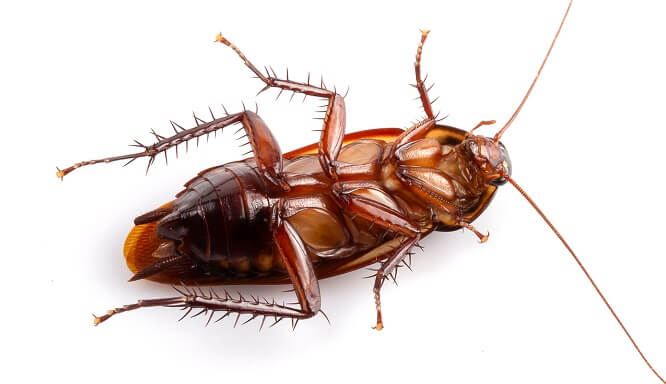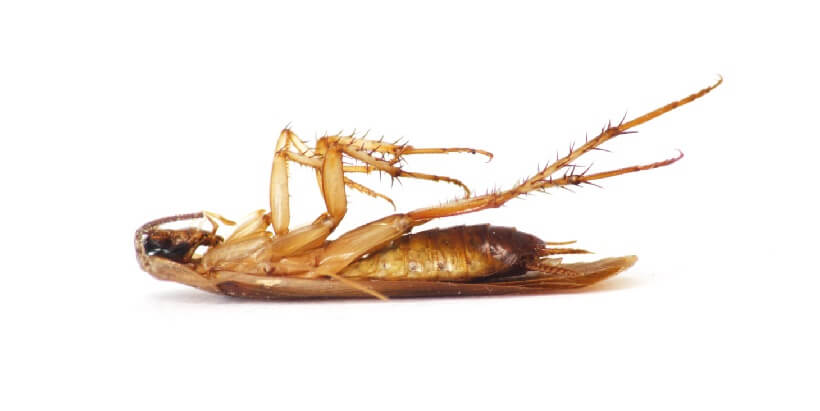Cockroach Genome Sequencing

Have you ever wondered why cockroaches are considered one of the most resilient insects on the planet? Well, the answer might be hidden within their genes.
Thanks to advanced technologies, scientists have delved deep into the cockroach genome, unraveling mysteries that might make you appreciate these much-loathed pests a little more.
The Need for Cockroach Genome Sequencing
The cockroach is an insect that has been around for more than 300 million years. It has survived major catastrophic events that wiped out dinosaurs and have seen the world evolve unimaginably. One might ask, “How has such a small creature survived through all these changes?”
The genetic makeup of the cockroach might hold the key. Understanding the genome sequence of cockroaches can provide invaluable information in various scientific fields:
- Pest Control: A deeper understanding of their genes could help in developing effective pesticides or solutions that target their vulnerabilities without affecting the environment.
- Medicine: Some studies suggest that cockroaches have antimicrobial properties. Studying their genetic makeup might unlock new ways to combat human bacterial infections.
- Evolutionary Biology: Their genome offers insights into their survival strategies, adaptability, and evolution over time, making it a valuable resource for evolutionary studies.

Decoding the Cockroach Genome
When researchers sequenced the genome of the American cockroach (Periplaneta americana), they discovered that it has a genome size of about 3.3 billion base pairs, which is comparable to the human genome. This might be surprising for many, considering the disparity in complexity between humans and cockroaches.
Intriguing Findings
- Expansion of Gene Families: The American cockroach genome showed an expansion in gene families related to sensory reception, detoxification, and immunity. This suggests that the cockroach’s survival can be attributed to its heightened senses, ability to detoxify various substances, and a robust immune system.
- Adaptation Mechanisms: Genes related to development, growth, and reproduction also varied. These might be the reasons behind their rapid reproduction and adaptability to various environments.
- Detoxification and Resistance: The cockroach’s genome revealed an array of detoxifying enzymes and pesticide resistance genes. This explains why they can thrive in toxic environments and resist many common pesticides.

Future Implications
The sequencing of the cockroach genome is more than just an academic exercise. It can play a pivotal role in various fields:
- Innovative Pest Control: By targeting specific genes, new, eco-friendly pesticides could be developed, reducing the reliance on harmful chemicals.
- Biomedical Insights: The antimicrobial properties observed in cockroaches might lead to the discovery of new antibiotics or treatments for bacterial infections.
- Environmental Indicators: Due to their adaptability, studying changes in cockroach populations and genetics might indicate environmental changes and pollutants.
Conclusion
While cockroaches might not be everyone’s favorite creature, there’s no denying their remarkable resilience. We’ve begun to understand the secrets of their survival through genome sequencing.
Beyond the ‘yuck’ factor, it’s essential to recognize the scientific treasure trove they represent. As research progresses, these tiny creatures might end up playing a significant role in improving human health and the environment.
So, the next time you spot a cockroach, take a moment to appreciate the wonders of evolution and genetics that have made them one of Earth’s ultimate survivors before you reach for that slipper.

James E. Butkovich, Pest control maven with a knack for eco-friendly & Chemical solutions. Blogger with a mission to make homes pest-free, one post at a time.